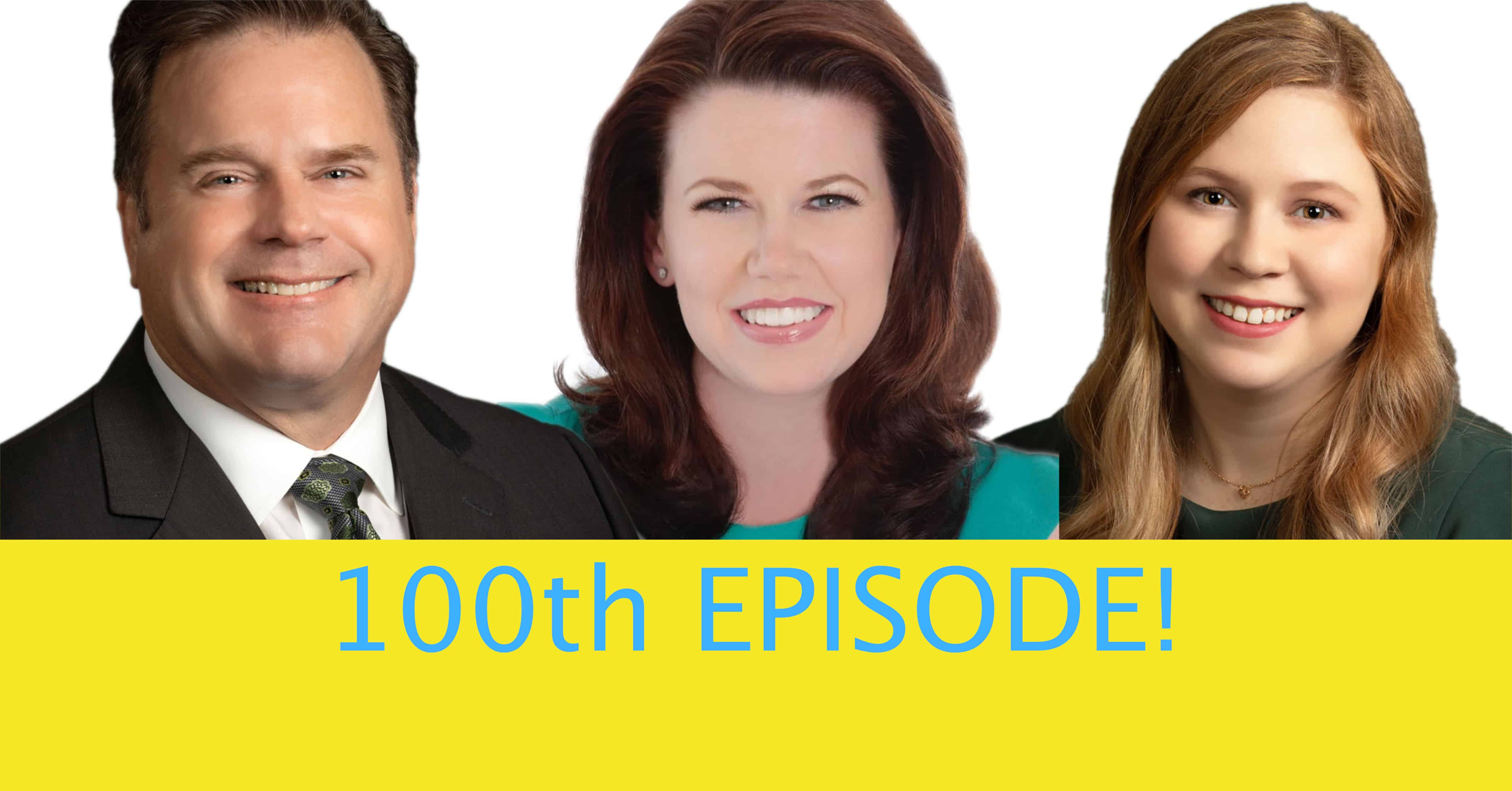As a result of the economic disruption of the past two years, many people are becoming confused and concerned as to the sufficiency of their financial wealth in maintaining their lifestyle. Fear has a means of causing one to doubt previously acceptable strategies and financial reserves as supportive of your future. By focusing on the factors, you can control, you will regain your confidence and build competence to achieve your future no matter the market conditions.
First, it is critical that you understand your current financial state. To do this it is necessary that you look earnestly at your overall finances in a manner that provides you the most information. One document that will help you capture this information in a succinct manner is a personal financial statement. This report is a snapshot of your assets (the items you own), your liabilities (the amounts you owe to others) and your net worth (an arithmetic function of assets minus liabilities). Let’s assume you own assets valued at $3,000,000 and have liabilities of $1,000,000. Your current net worth, in the most simplistic of terms, would be $2,000,000.
By understanding what you own and how much you owe others, you may now start the planning process for the future. You know the old saying, “It is hard to get to where you wish to go if you don’t where you are.” This document can be a very useful tool for an individual planning for her future. Exam the personal financial statement and notice those assets that may create income and those that simply grow in value. Perhaps on your financial statement there are assets that are idle and incur expenses without generating income to offset their maintenance.
Examining the liabilities, you may calculate several important ratios or factors that will help you achieve greater net worth. For example, if your indebtedness is secured by collateral, what is the value of the asset? Is it sufficient to allow the indebtedness to be liquidated by selling the asset? What is my weighted average cost of borrowing? These are important questions to consider when creating a financial plan.
Taxes are often overlooked on a personal financial statement. This is one liability that must be considered in the statement since it is prevalent in our country and will require assets to achieve the payment. Taxes are owed in many forms – estate, sales, income, property, etc. I am reminded of the poem authored and published by the Adam Smith Institute that reads in part, “Tax his cigars, tax his beers, if he cries then tax his tears. Tax all he has, then let him know, that you won’t be done til he has no dough. When he screams and hollers, then tax him some more, tax him til he’s good and sore.” A little levity is always good when talking about a portion of one’s lifetime income being sent to a taxing authority.
The final step is to analyze the change in your net worth. Are you growing in net worth or are you losing ground? It is critical to understand the net worth you possess so that you can work with this amount for purposes of funding your future lifestyle. Review your net worth over the past ten years and note the growth trend you experienced. Are you consistently increasing in net worth prior to retirement? If not, adjustments must be made in your assets that you purchase and the indebtedness you incur.
To fully understand the development and uses of a personal financial statement, seek the assistance of a CERTIFIED FINANCIAL PLANNER™ professional. To create a pathway to success, you must first establish your current point in time and net worth. You owe it to your family and yourself to be as capable as you can possibly be to direct your efforts to the future of your design. See you on the gridiron!





